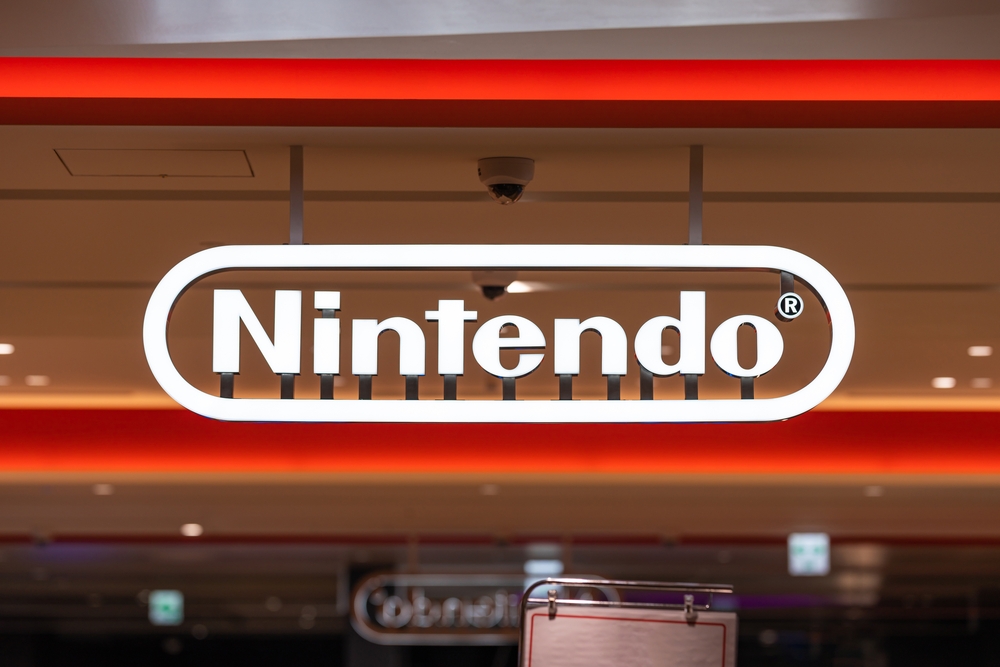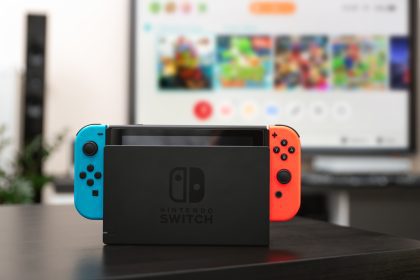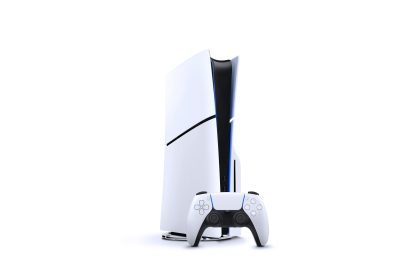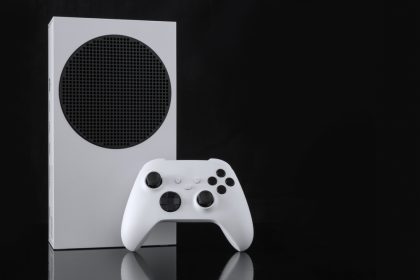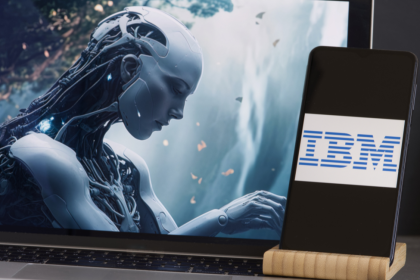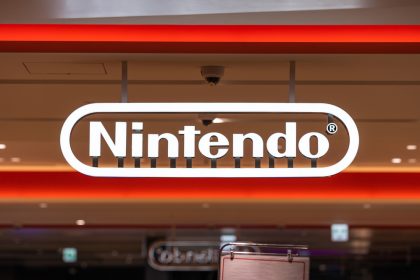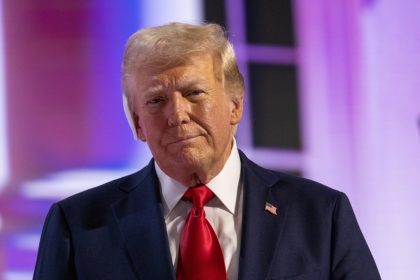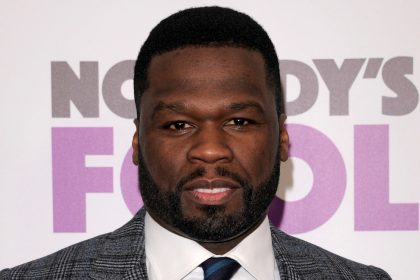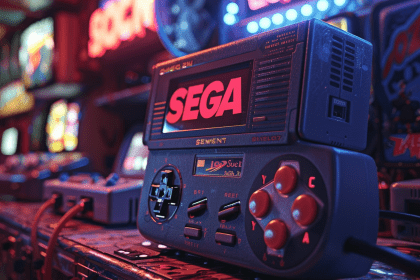Nintendo is “actively assessing” the impact that President Donald Trump’s tariffs will have on the Nintendo Switch 2. This assessment comes as the gaming industry faces unprecedented challenges in global supply chains amid changing international trade policies.
After Trump imposed tariffs on China, Vietnam and Cambodia — the countries Nintendo manufactures its products in — Nintendo of America boss Doug Bowser has admitted this additional cost to import Switch 2s to the U.S. is “something [Nintendo] is going to have to address.” The situation has created uncertainty for both the company and consumers anticipating the new console.
“It creates a challenge,” Bowser said speaking about the tariffs with Wired. The gaming executive’s comments reflect growing concern throughout the technology sector about the economic impact of new trade policies on consumer electronics.
The tariffs themselves are 46 percent on Vietnam, 49 percent on Cambodia and 54 percent on China, and Bowser conceded these charges may “change” Nintendo’s approach to manufacturing in an effort to avoid the high tariffs. These substantial rates could significantly impact production costs for the gaming giant.
Bowser noted the company was now looking to “diversify the places where we’re manufacturing our hardware and our accessories.” This strategy indicates Nintendo is exploring alternative manufacturing locations to mitigate the impact of the newly imposed tariffs.
Even so, the Nintendo boss insisted “any previous tariffs were not factored into the price itself” of the Switch 2, which was announced to retail for $449.99 in the U.S. This price point was determined before the latest tariff announcements, raising questions about whether it can be maintained.
After Trump unveiled his sweeping global tariffs on April 2, Nintendo delayed its U.S. pre-orders of the Switch 2. The delay has created uncertainty in the market, with retailers and consumers alike waiting for updated information from the company.
As for the announced $449.99 pricetag for the Switch 2 itself, Bowser explained the console’s redesigned hardware and a commitment to “longevity” landed Nintendo on the figure. The company has emphasized the value proposition of the new system despite the challenging economic environment.
“We want to make sure that this is a device that is approachable, that consumers will see as part of their overall entertainment experiences and will understand that it has longevity to it,” he told The Verge. “And all of those factors really go into the consideration of the price.” This suggests Nintendo aims to position the Switch 2 as a long-term investment for consumers.
The situation highlights the complex interplay between international trade policies and consumer electronics pricing. Companies like Nintendo must balance manufacturing costs, tariff implications, and consumer expectations when bringing new products to market.
The tariff situation presents a unique challenge for Nintendo, which has traditionally relied heavily on Asian manufacturing for its hardware production. Shifting manufacturing operations to new locations involves significant logistical challenges and potential quality control considerations.
Industry experts suggest that Nintendo has several options to address the tariff situation, including absorbing the additional costs, passing them on to consumers through price increases, or reconfiguring its global supply chain to minimize tariff exposure.
The Switch 2 represents Nintendo’s first major console launch since the original Switch debuted in 2017. The original system has been one of Nintendo’s most successful platforms, creating high expectations for its successor despite the current economic complications.
Gaming industry analysts note that tariffs could potentially reshape manufacturing strategies across the entire gaming sector, potentially leading to more diversified production locations and changes in how companies approach hardware development and pricing.
Consumer advocates have expressed concern that tariff-related complications could impact availability and affordability of gaming systems in the U.S. market. Gaming has become an increasingly important entertainment medium for many households, making potential price increases a significant consideration.
The Nintendo Switch 2 is expected to launch globally in the coming months, though the company has not confirmed whether the tariff situation might affect this timeline. Nintendo faces the challenge of maintaining its planned release schedule while adapting to rapidly changing economic conditions.
As the situation develops, Nintendo will need to make critical decisions that balance business considerations with consumer expectations, all while navigating the unpredictable landscape of international trade relations and tariff policies.

